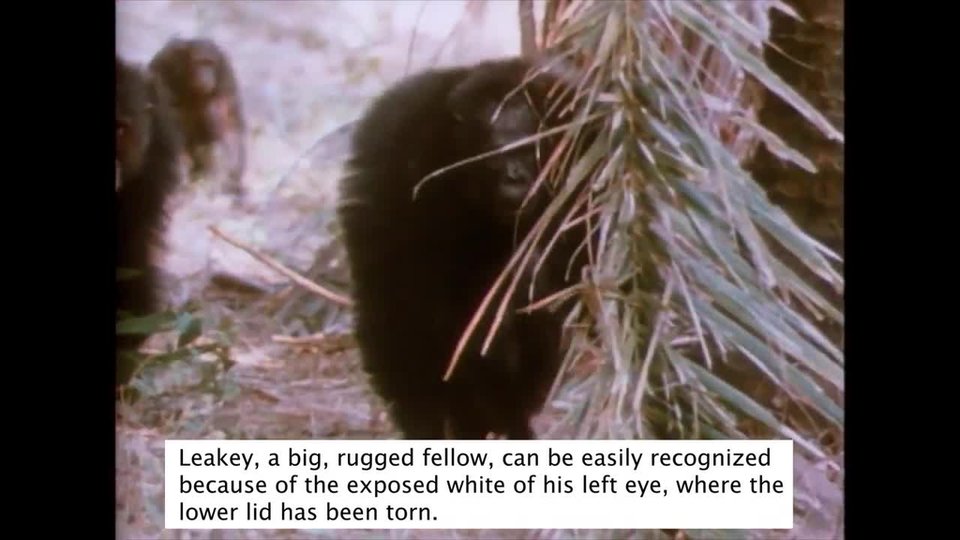HowtoBeattheHeat
Endothermsandectothermshavevariouswaystokeepfromgettingtoohot.Onewayissweating.Someendothermssweattokeeptheirbodiesfrom overheating.
Tosweat,nervessendmessagestoyourbrainthatyouareheatingup.Thebrainthensendsmessagestosweatglandstoproducesweat,whichismostlywater.Whenyousweat,heatmovesoutsideyourbodyaswater.Asthewaterevaporates,youcool down.
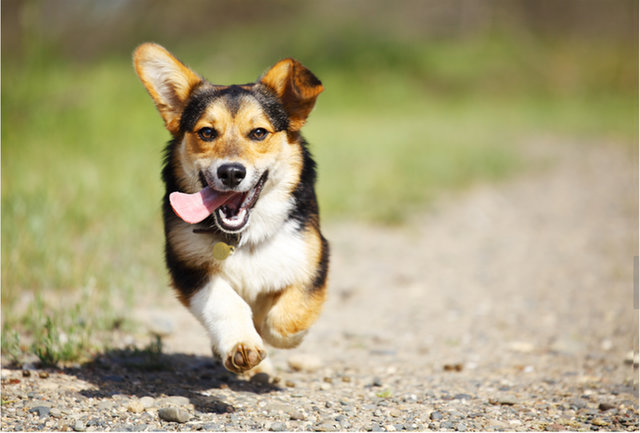
Dogsdon'tsweat.
Instead,theypanttocool down.
Mostendothermsdon’thavesweatglands.Yet,theyhaveotherwaystocooldown.Dogspant.Witheachbreath,moistureevaporatesfromtheir tongues.
Manyanimalsusetheirearstobeattheheat.Anelephant’slargeearshavemanyveins.Heatfromthewarmbloodworksitswaythroughthethinskinthereandintotheair. Thecooledbloodthencirculatesthroughthe body.
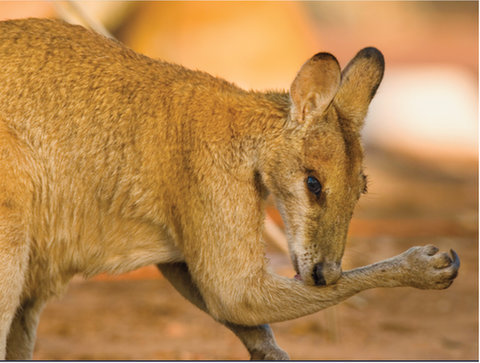
Thiskangaroolicksitsarmtokeep cool.
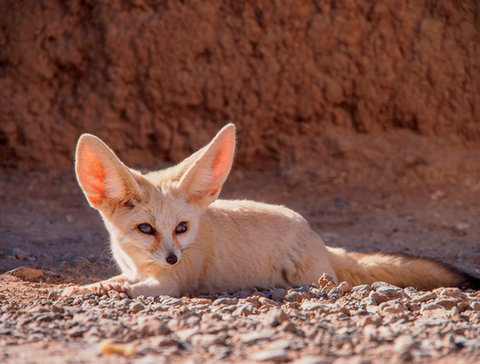
Thisfennecfoxusesitsbigearstocool down.
Kangarooslicktheirforearmstocooldown.Astheirspitevaporates,thebloodflowingclosetotheskincools.It’sgross,butitworksfor kangaroos.
Manystayoutofthehotsun,evenectotherms.Somelizards,forexample,burrowintothegroundtokeep cool.
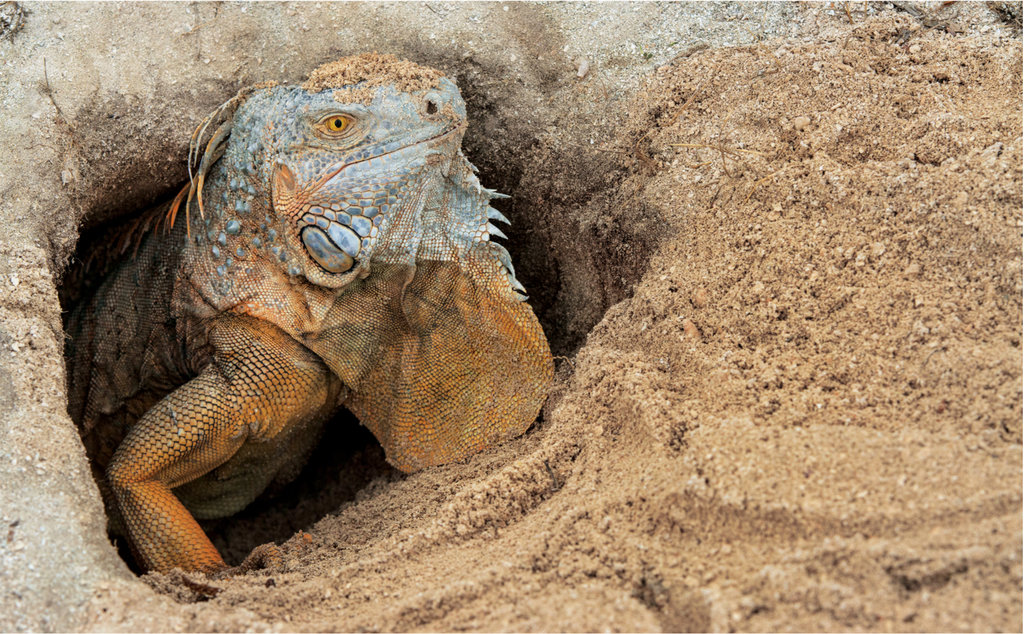
Thisiguanaburrowsintothesoiltocool down.
HowtoTurnUptheHeat
Ectothermssuchasreptilesandamphibianssometimesburrowintothegroundforanotherreason.Whentheweatherturnscold,theyhibernate.Sodosomeinsects,likeladybugs.Otherinsects,likemonarchbutterflies,flytowarmer climates.
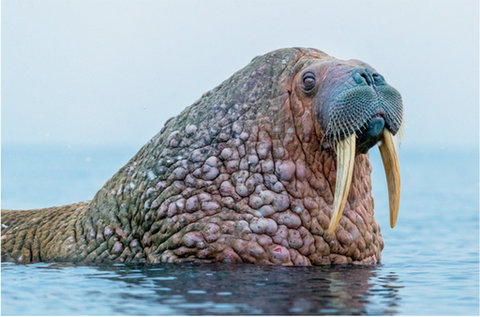
Thiswalrus’slayersofblubberhelpprotectitfromthe cold.
Manyendothermshaveanotherwaytoturnuptheheat.Theyshiver.Thebrainsignalsmusclestovibrate.Thisproducesheattowarmthebody.Mammalsandbirdsshiver.Someectotherms,suchasbees,shiver, too.
Manyendothermshavebodycoveringsthatkeepthemwarm.Hair,fur,orfeatherskeepthecoldairoutandthebodyheatin.Andmarinemammalsgrowthicklayersoffatcalled blubber.


Endothermvs. Ectotherm
So,whichanimalshavetheadvantagetosurvive?Ifasnakewastryingtocatchamouseonacoolday,themouseprobablyhasthe advantage.
Ontheotherhand,thesnakeneedsalotlessfoodthanthemousedoes.Themousehastoeateverydayinordertomaintainitsbodyheat. EndothermscanlivealmostanyplaceonEarth.Mostectothermscanonlysurviveinwarmandmild climates.
It’shardtosaywhichhastheupperhand.Lookslikebothectothermsandendothermshavewaystosurviveintheir environment.

Amouseisanendotherm.Asnakeisan ectotherm.
